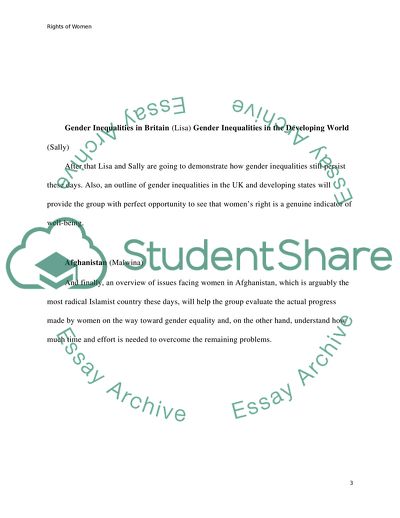Women Human Rights Coursework Example | Topics and Well Written Essays - 1750 words. https://studentshare.org/social-science/1722160-women-human-rights
Women Human Rights Coursework Example | Topics and Well Written Essays - 1750 Words. https://studentshare.org/social-science/1722160-women-human-rights.


